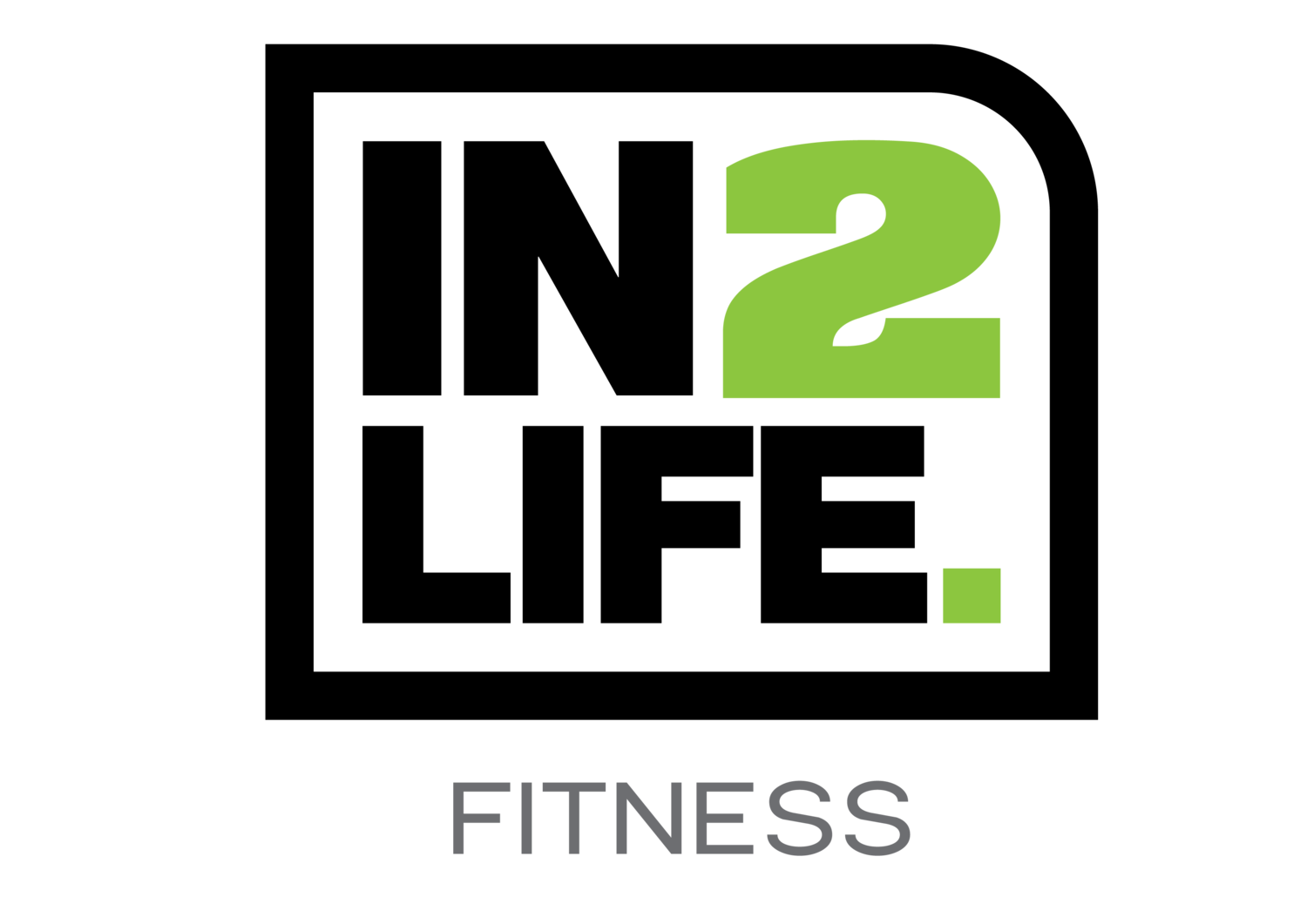How to look after your Pelvic Floor
This week’s article follows on from last week - being post-natal for your entire life. After having a baby, and as we get older, many women experience pelvic floor muscle weakness. The pelvic muscles support the bladder, bowel, and uterus. When they contract, the organs are lifted and the openings to the vagina, anus, and urethra are tightened. When the muscles are relaxed, urine and feces can be released from the body.
If we don’t strengthen this muscle early in life, we may find we suffer as we get older from incontinence, uncontrollable passing of wind, and even painful sex. In more severe cases there could be a prolapse of the organs which may or may not be fixed with surgery.
If you experience urine leakage from sneezing, laughing, jumping, or coughing, or have a strong urge to urinate just before losing a large amount of urine, you may need to get your pelvic floor muscles checked by a Women’s Health Physio and start strengthening rehabilitation.
The good news is that Pelvic Floor exercises can be done anywhere - it involves contracting and relaxing your pelvic floor muscles. Many women know this as your Kegel exercises. Firstly identify the muscle group - this can be done by stopping your urine flow mid-flow (only do this once per flow to avoid the risk of UTI). Then during the day contract and hold this muscle for 5 seconds at a time and release for 5 seconds - repeat 10 times for 3 times a day.
Squats, Glute Bridges, and Bird Dogs are also great exercises for working the pelvic floor muscles. If you need help on exercises to strengthen your Pelvic Floor, contact your Women’s Health Physio or send me a message.

